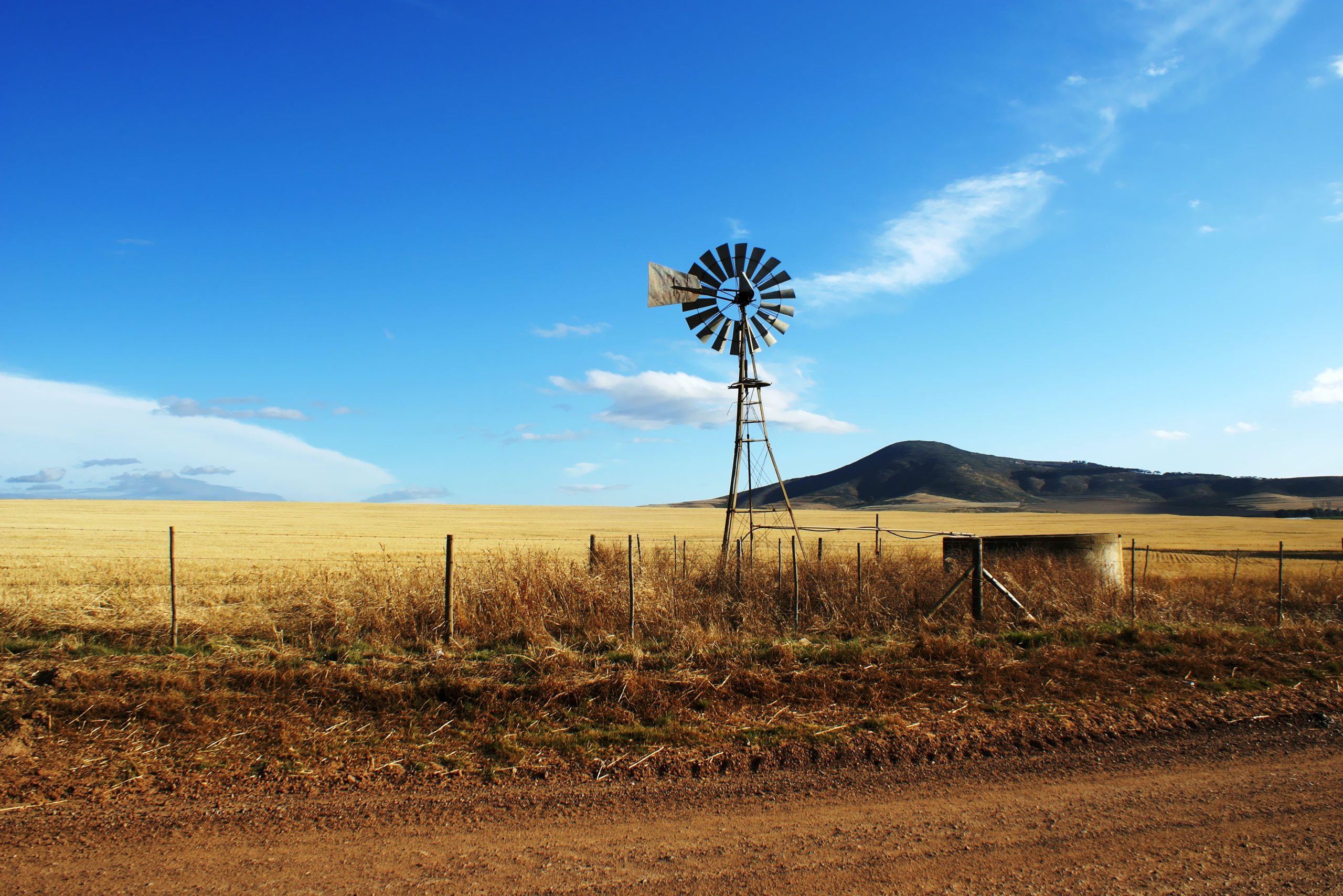As a journalist, I am excited to report on the future of agriculture and how vertical farming could revolutionize food production. Vertical farming is a method of growing crops in vertically stacked layers, using artificial lighting and controlled environments to optimize plant growth. This innovative approach to farming has the potential to address many of the challenges facing traditional agriculture, including limited land availability, water scarcity, and climate change.
One of the key benefits of vertical farming is its ability to produce high yields of crops in a small amount of space. By stacking layers of crops vertically, farmers can grow more food per square foot than traditional farming methods. This makes vertical farming an attractive option for urban areas, where land is limited and expensive.
Another advantage of vertical farming is its ability to use less water than traditional farming methods. By using hydroponic systems, which grow plants in nutrient-rich water instead of soil, vertical farms can reduce water usage by up to 70%. This is a significant benefit in areas where water is scarce or expensive.
Vertical farming also has the potential to reduce the carbon footprint of food production. By growing crops indoors, farmers can reduce the need for transportation and refrigeration, which are major sources of greenhouse gas emissions in the food industry. Additionally, vertical farms can use renewable energy sources, such as solar or wind power, to power their operations.
Despite these benefits, there are also challenges to implementing vertical farming on a large scale. The initial investment in equipment and infrastructure can be expensive, and the energy costs of running a vertical farm can be high. Additionally, there are concerns about the safety and quality of food grown in controlled environments, as well as the potential for pests and diseases to spread quickly in a closed system.
Overall, the future of agriculture looks promising with the potential of vertical farming to revolutionize food production. As a journalist, it is important to continue to research and report on the latest developments in this field, while also considering the potential challenges and ethical implications of this innovative approach to farming.




